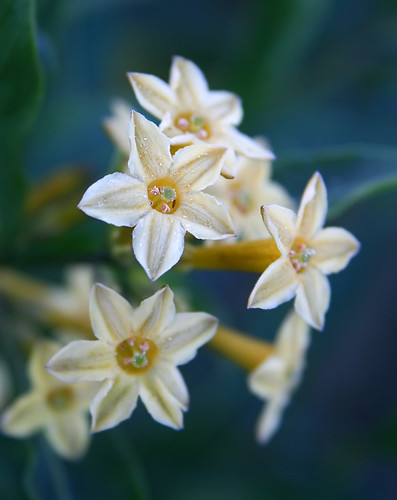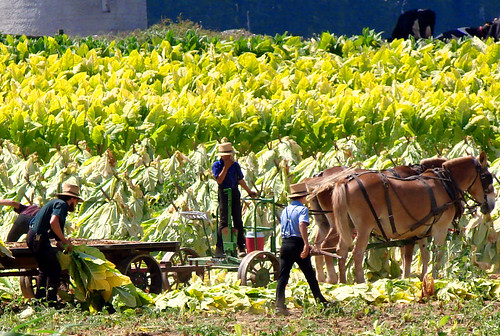Plum Pudding with Cumin
On Christmas day, one of the two bottles of Eau d'Hermes that lived on the shelf at the downtown Vancouver Hermes boutique made it into where it belongs – my perfume collection. My boyfriend, who finally realized this year that my wish lists are created while browsing perfume boutiques, made a mental note and got it for me as a Christmas gift quite some time ago, all the while pretending to read my very old wish list I made for him last year (which he completely ignored, by the way). Of course that would have been useless – because that list is no longer valid (except that I am always happy to have fresh freesia flowers in my home, which I usually get myself any way).
Anyway, I have been watching the shelf for months now (since the summer, to be precise - shortly after my return from France) and have been trying it ever since. Back than, it smelled more masculine and fresh to me. While the freshness is apparent even now in the winter, it reminds me of preparing the last bits and pieces of a wintery Friday dinners with my family: squeezing lemon juice and getting the lemon oil (fresh from the tree) rub onto the fingers; and dousing the beet salad and the customary tahini dip with the tart lemon juice and fragrant cumin.
What is it about Eau d’Hermes that makes it so magical? Perhaps it’s its versatility and adaptable formula. It never feels over the top. It never really feels like perfume, come to think of it. And it blends with its surrounding in the most curious of ways.
Following the savoury-culinary opening, Eau d’Hermes turns into a completely different beast: more daring and sensual than it was in the summer, with the jasmine far more pronounced yet with some sweet-ambery and powdery violet-like nuances that I have never noticed before (come to think of it, there was a moment when I was reminded of Michel Roudnitska’s Eau Emotionelle!); and having been accompanied by it since Christmas day, I can assure you it goes well with its surrounding in the winter as well as the summer: it goes well with roasted Turkey (not that I at any) and cranberry sauce, with buttered Brussels sprouts and baked yam, and with rich chocolates, shortbread or the legendary flaming plum pudding. It really does. And it smelled sexy and elegant all the while, making anything that I did or experienced feel like it was truly mine and truly special. Like a silent reminder that my rustic upbringing is what makes every part of my life today so much more elegant and real.









